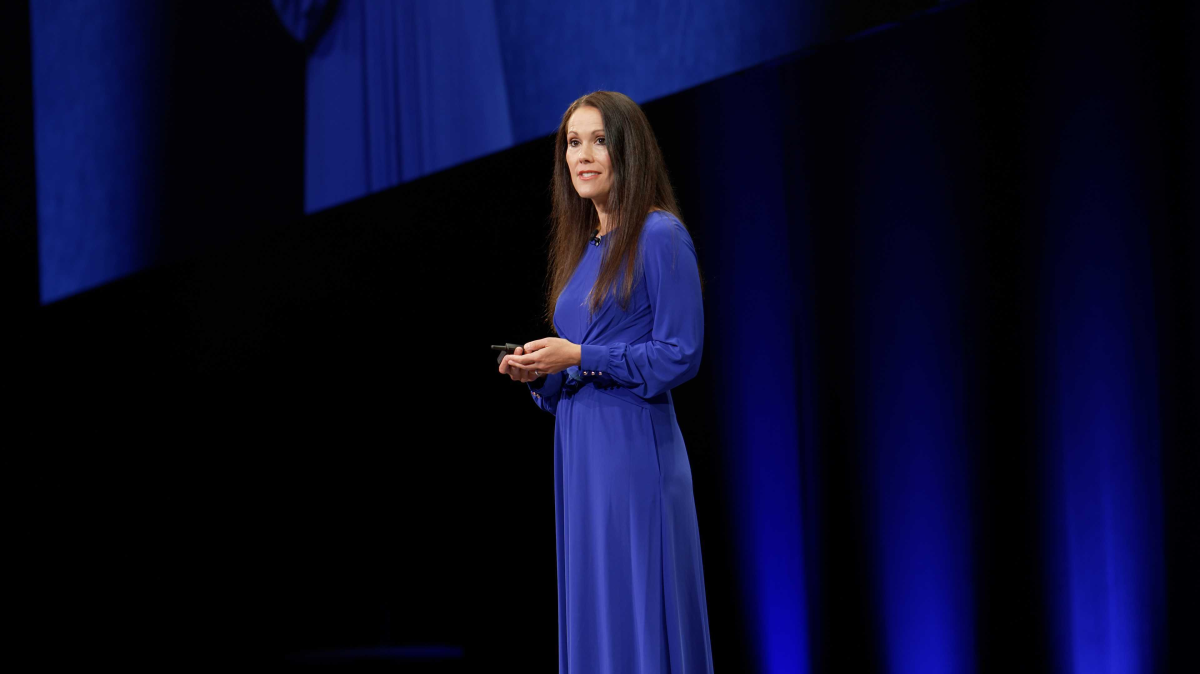

?In 2023, employers using global jobs site Indeed will only pay when a candidate starts or submits an application, rather than when they click on a job ad, as is currently done.
The migration from a pay-per-click pricing plan to a pay-per-application model has already begun with smaller employers and is expected to be completely rolled out sometime next year.
Indeed, based in Austin, Texas, is the dominant pay-per-click jobs board with the largest reach worldwide, but it is making the change to improve candidate quality.
“This is a big change,” said Maggie Hulce, Indeed’s executive vice president and general manager for enterprise, speaking at Indeed FutureWorks, a conference held Oct. 13 in New York City.
“Indeed’s mission is to help people get jobs, and one of our values in support of our mission is pay for performance,” Hulce said in a presentation to attendees and in an interview with SHRM Online. “As part of this, we are transitioning from a model of pay-per-click to pay-per-started-application and pay-per-application, both steps getting employers closer to the hire.”
She explained that the pay-per-application option is a pricing model for jobs posted directly on Indeed, whereas pay-per-started-application is primarily applicable for jobs indexed by Indeed from across the Web.
Hulce said the transition among smaller employers is being reviewed and employer feedback will be considered before the new pricing plan is expanded to all employers in 2023. Pay-per-click pricing will no longer be an option once the transition has been completed.
The main advantage of a pay-per-application model over a pay-per-click model is the reduction of unqualified, uninterested and even fraudulent “clicks” that the employer pays for. With the new model, the employer only pays for what is truly wanted—a qualified candidate.
Employers will pay more for this upgraded experience, as the value of a legitimate candidate is higher than that of lots of unidentified clicks, but in the long run, pay-per-application will save employers money, as recruiters can zero in on more quality candidates faster, Hulce said.
Pricing will be determined by labor market conditions for the job, including job location, job title and available job seekers in the market. If the market is less competitive at the time of the posting, then the cost-per-application may go down, but if the market is more competitive, cost-per-application may increase.
Employers will know upfront what applications will cost and can either choose to receive applications up to a set limit or can pause or close a job when goals are met, she said.
Indeed has also set up guardrails to help ensure that employers are paying for the results they want. “As part of the experience, employers will be encouraged to set dealbreaker questions or must-have requirements,” Hulce said. “Indeed will not charge if they are not met. We are also testing the option to allow employers to reject an unqualified applicant who may have made it through the process and request a replacement. The reasons given for why the candidate was not qualified will fuel the next set of candidates to consider.”
From Jobs Site to Hiring Platform
In addition to the upcoming pricing change, Indeed continues to move toward being an all-in-one hiring platform, rolling out new features to speed up hiring and improve candidate experience.
“For too many job seekers, the process of getting a job still feels disjointed and disheartening,” Hulce said. “Employers struggle to fill open roles, while candidates struggle to find jobs that better align to their skills and requirements for salary, location and flexibility.”
Candidate resentment is growing, according to the latest survey results from the Talent Board, which measures candidate experience. And it’s a well-worn truth that poor candidate experience is costly. Frustrated candidates will not only not apply in the future, they will also tell others about their bad experience, and some will even stop being consumers of the company.
“Candidate experience is particularly important in this candidate market, where open jobs outnumber job seekers by nearly 2 to 1,” Hulce said. “If you have a slow or complex hiring process, you are losing out on great talent, as well as wasting time and money.”
To simplify and improve the hiring process, Indeed has recently launched a slew of automation tools which allow employers to source, screen and interview candidates directly through the platform, eliminating manual administrative tasks like scanning resumes and scheduling interviews.
Starting with Indeed’s quick-apply button located on the job listing—and integrated with over 300 applicant tracking systems—job seekers can apply to jobs, take assessments, respond to outreach and even interview directly with employers, all through Indeed.
Scheduling is automated, Hulce said, and there are more ways to connect through video, phone or text. E-mail and text interview reminders have been added to the process, which has helped to cut down on interview no-shows.
“Job seeker feedback on our direct interview experience is consistently positive, and for employers, speed to connect can make all the difference when competing for talent,” she said.
To further improve quality, Indeed is also steadily moving from a strictly search mode to a recommendation experience.
“Personalized recommendations, based on job seeker input and past behavior, now drive the majority of connections with employers on Indeed,” Hulce said. “Indeed actively e-mails opportunities to job seekers that align with their preferences. We also recommend candidates to employers. We’ve started to serve up qualified internal candidates to employers in order to help them engage more with their own talent pools.”

